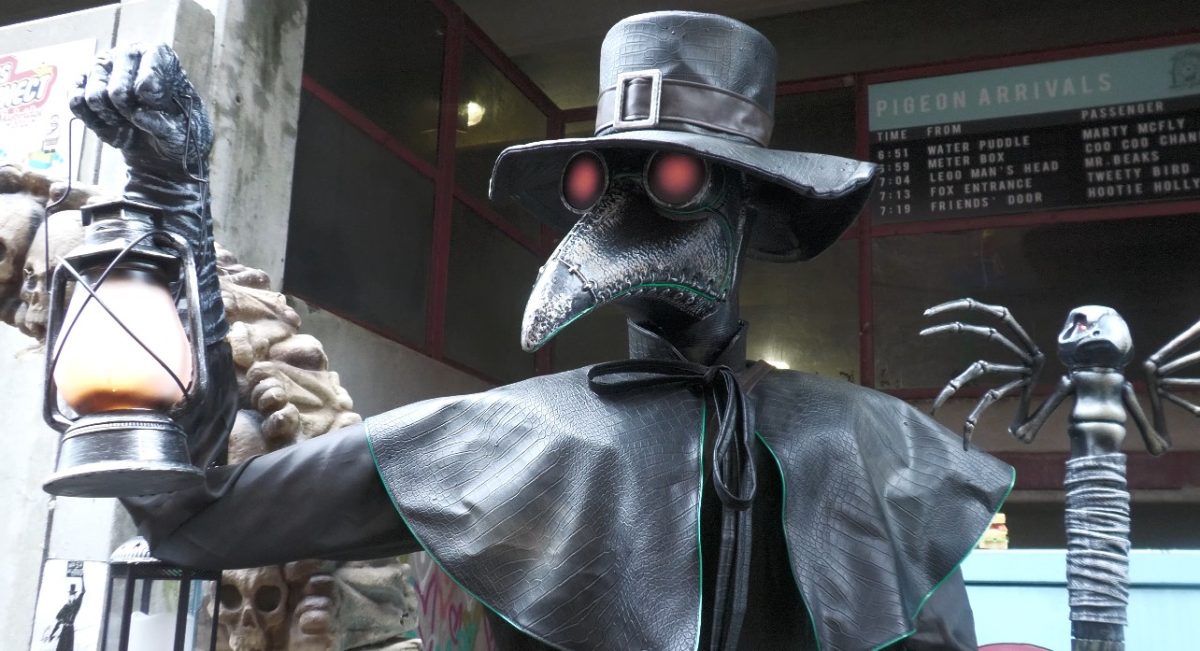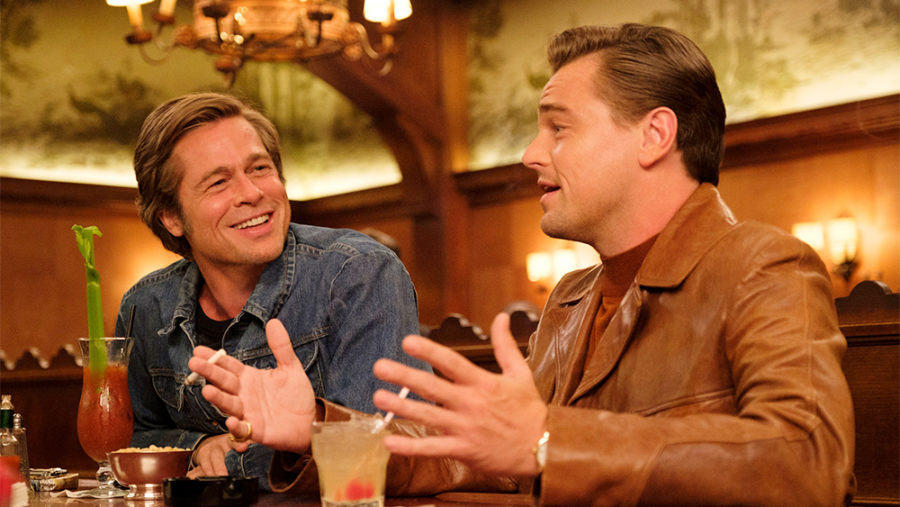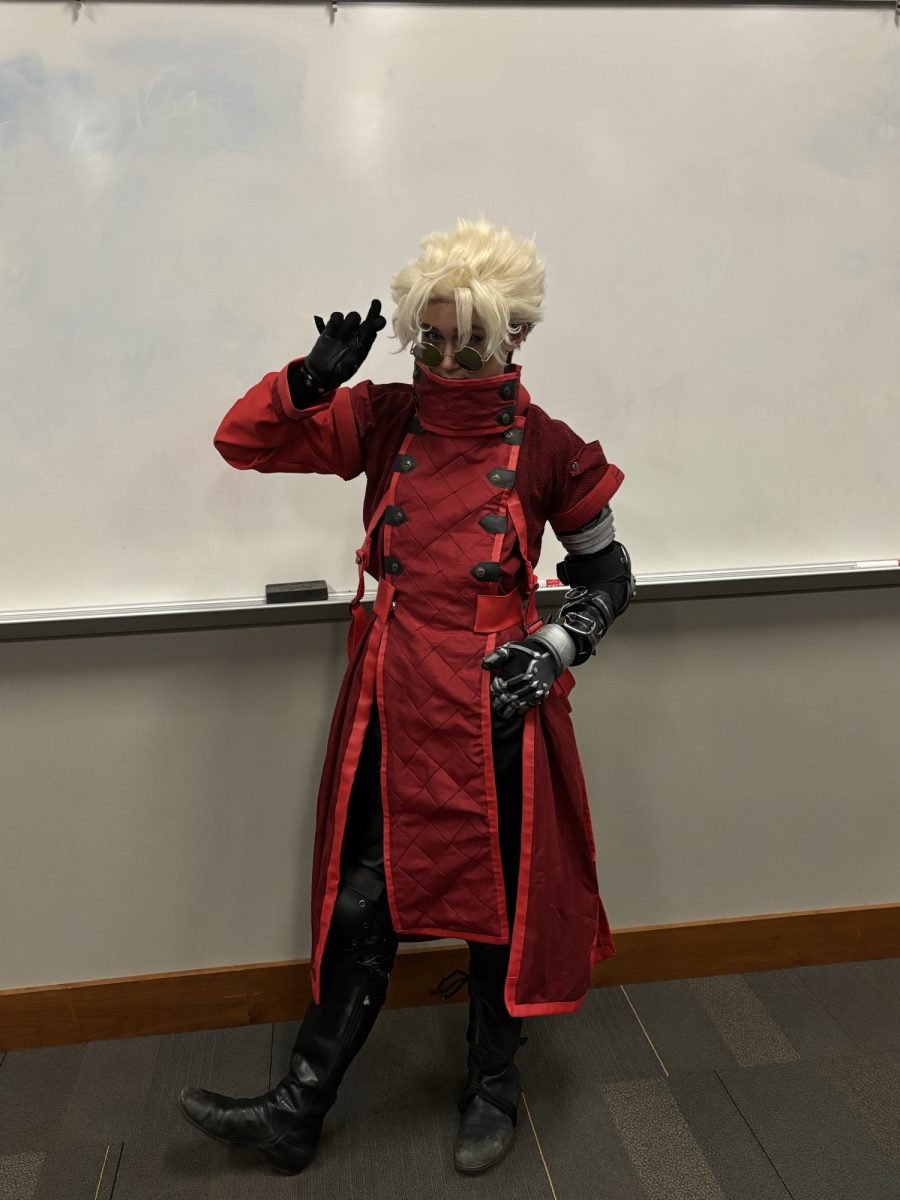Tarantino’s ninth film, “Once Upon a Time… in Hollywood” is a love letter to the golden age of 1969 Hollywood. Yet this golden age perhaps only existed for the white man. Both the era and movie are outright dismissive, or cruel, to minorities – and not just for the sake of supposed historical accuracy. For example, the film is littered with casual racist slurs and language such as “don’t let the Mexicans see you cry.” The only people of color in the film are also those serving lesser roles, both literally and figuratively.
The film is not kind to women like Brad Pitt’s character being rumored to have killed his wife with this rumor played as a joke for the duration of the film. An underage girl is also shown offering oral sex as payment for a free ride. Tarantino even ends the film with a flourish in the guise of a sickening bloodbath wherein two women have their heads bashed in by men, much to the glee of the theater audience.
Furthermore, while faded cowboy Rick Dalton (Leonardo DiCaprio) and his stunt double Cliff Booth (Brad Pitt) are three-dimensional characters with hopes, fears and mistakes, Robbie’s Sharon Tate is a different story. Late actress Sharon Tate (Margot Robbie) is portrayed as the emblem of Hollywood innocence and barely speaks a word for the entirety of the film. This directorial choice is a double-edged sword: it allows Robbie to showcase her non-vocal acting skills, yet a story that is supposed to highlight Sharon Tate … does not.
Compared to the leading men, Tate is a silhouette of a person. The audience does not know if she is happy or sad about her lot in life. The audience does not know what she wants – and in storytelling, a character’s entire arc is defined by what they want.
Instead, the plot focuses on Dalton and Booth’s adventures before they find themselves accidentally crossing paths with the Manson family during the film’s final arc. In an act of sheer luck, the two men spare Tate, her family and friends from the grisly fate they experienced in real life.
Robbie’s Sharon Tate lacks the agency of other Tarantino women like Uma Thurman’s portrayals of the manipulative Mia Wallace in “Pulp Fiction” and vengeful Beatrix Kiddo in “Kill Bill.” Rather, Tate is a symbol that silently floats through the film in her white go-go boots.
“Once Upon a Time… in Hollywood” has been billed as a historical fantasy. However, that fantasy is deeper and more sinister than simply revising the Manson Family murders on that fateful 1969 August night. Instead, the movie is a white man’s fantasy: the women are silent and sexy; the violence is free and without consequence; the two male protagonists walk into the sunset, drinks in hand and none the worse for their adventures.
Of course, what this criticizes is all that defines a Tarantino film: gratuitous violence, satirical dialogue and the eventual historical context to justify it all. As the audience, however, we must decide when enough is enough. Or rather: what is artistic direction and what is self-indulgence?
When making a movie, there is a thin line between directorial decision and what is absolutely unnecessary. That line in the sand is up to us, the audience, to decide and to not praise Tarantino without critique. For a director who is praised as “groundbreaking,” Tarantino’s portrayals of minorities and women are not particularly different than others’.

























